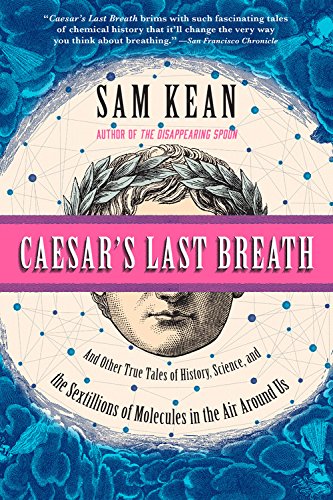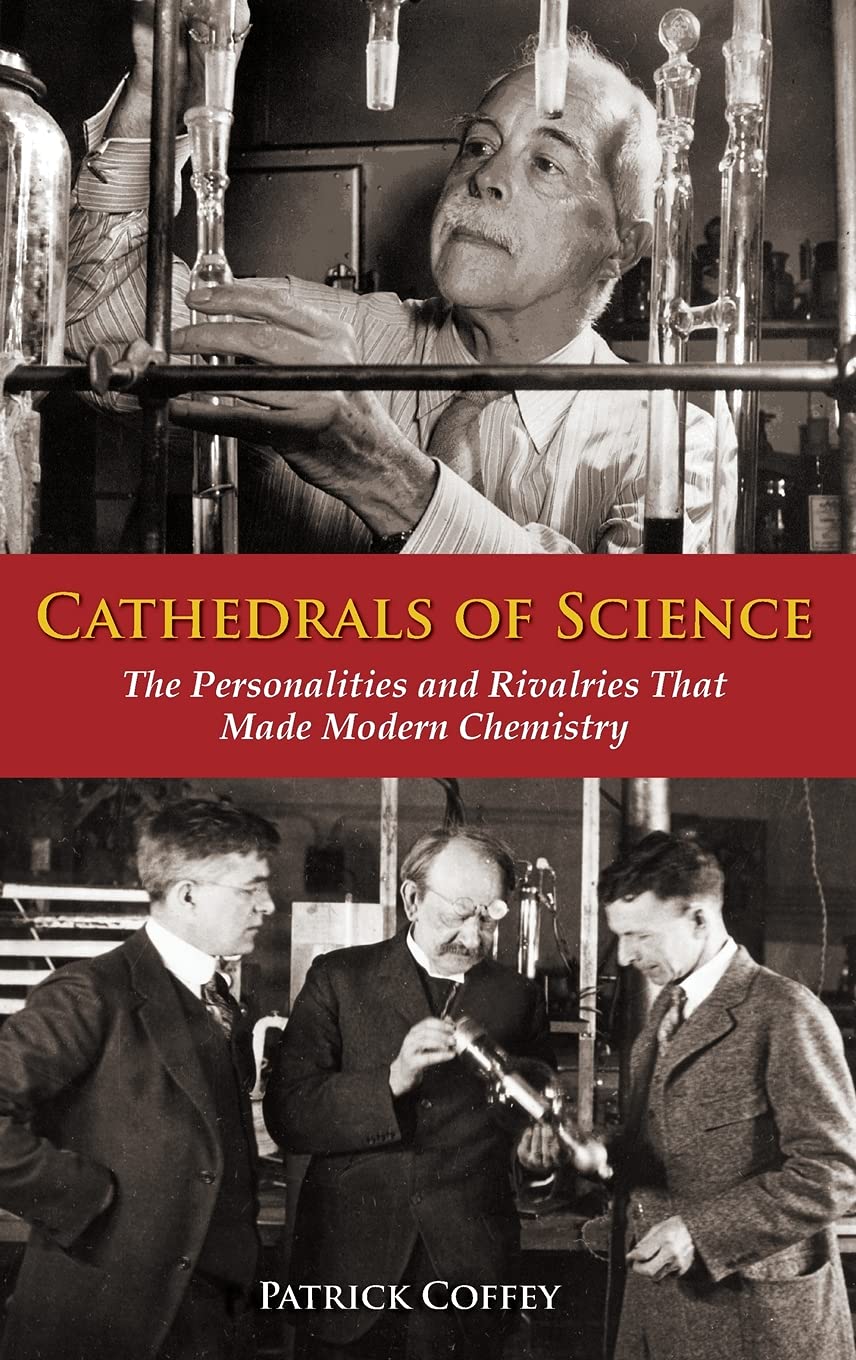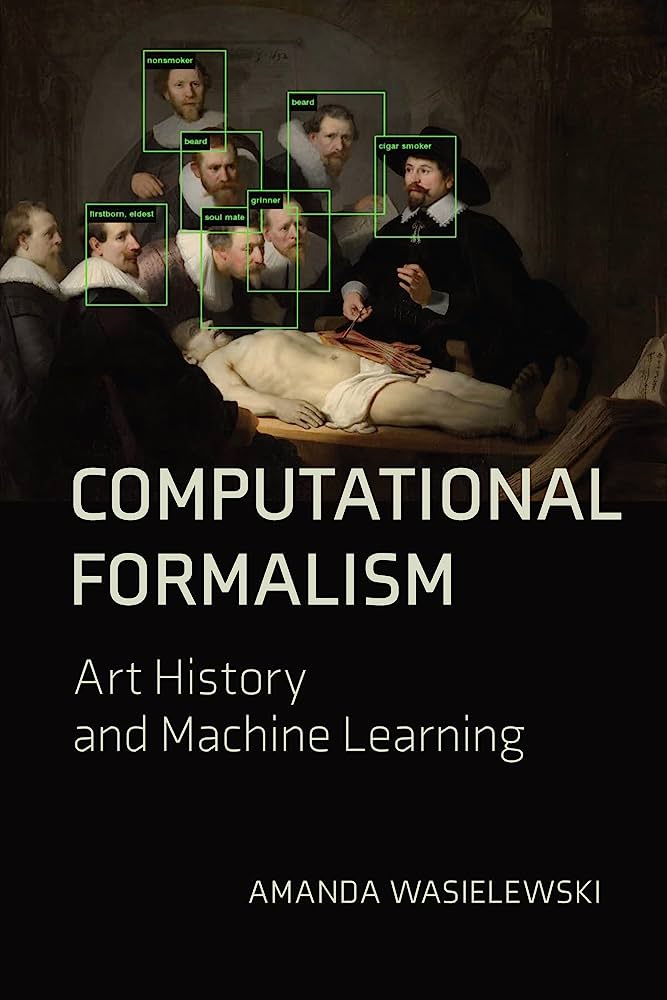CMNS Summer Reads for 2023
Six faculty members share their favorite books—both old and new
If you find yourself with some free time this summer and want to explore fascinating areas of science—look no further. The CMNS Summer Reads list has you covered.
Check out our 2023 summer reading list for Science Terps, with books recommended by faculty members from the University of Maryland’s College of Computer, Mathematical, and Natural Sciences.
Caesar's Last Breath: And Other True Tales of History, Science, and the Sextillions of Molecules in the Air Around Us

By Sam Kean
“This book puts into perspective something we often take for granted—like the air we breathe—but presents it in a way that is entertaining, informative and easy to follow,” said Atmospheric and Oceanic Science Associate Professor Tim Canty.
“You learn a lot about history and science without realizing it and end up wanting to share. I've found myself saying to people, ‘Hey did you know that...?’ It's a book you can put down and come back to after a summer walk or swim in the pool and pick right up where you left off.”
Cathedrals of Science: The Personalities and Rivalries That Made Modern Chemistry
By Patrick Coffey

“When I look at pictures and accounts of the Gothic cathedrals, it’s hard to comprehend how the builders managed such feats in the Middle Ages. How was it that the masons planned and executed such works of stunning art and engineering that have stood for centuries without the aid of 3D design software, high-performance construction materials or University of Maryland-trained architects?” said Chemistry and Biochemistry Assistant Professor Leah Dodson.
“In his historical biography of 14 scientists from the late-19th to mid-20th centuries, Dr. Patrick Coffey provides an insightful account of the persons and personalities that built the cathedrals of physical chemistry. How were Lewis and Pauling able to discern the nature of the chemical bond, Haber to work out nitrogen fixation, and Arrhenius to understand the dissolution of electrolytes without computers that can solve Schrodinger’s equation or run molecular dynamics simulations, lasers to probe chemistry at a molecular level, or ChatGPT to solve integrals? We look in awe upon the works of these giants but Coffey reminds us that they—like we—were human, and maybe our next great cathedral (the Chemistry Building Wing 1 replacement project) is already being built.”
Computational Formalism: Art History and Machine Learning

By Amanda Wasielewski
"Computational Formalism is an interesting and topical book, as artificial intelligence is a hot topic and we're all wondering how generative AI algorithms like ChatGPT and Stable Diffusion will replace human labor and change how we work,” said Immersive Media Design Program Director Roger Eastman.
“Wasielewski's book looks at a particular application of AI to the analysis and understanding of visual art and asks how AI relates to—and adds to—traditional methods in art history. She finds that the casual, mechanical application of AI is problematic and often superficial, and AI experts need to work closely with art history experts to reach meaningful conclusions. A needed check on the hype surrounding AI methods.”

Cosmicomics
By Italo Calvino
“Levity, science and the infinite are at the heart of Italo Calvino's Cosmicomics,” said Biology Assistant Professor Nikolas Francis.
“The author uses humor and magical surrealism to weave together 12 tales on topics such as the origin of the universe, postmodernism and the evolution of life on Earth. Each story is told from the perspective of an eternal and curious being named QFWFQ. Highly recommended for an unconventional take on the nature of being!”

Lab Dynamics: Management and Leadership Skills for Scientists
By Carl Cohen and Suzanne Cohen
"As scientists, we spend many years training to become critical thinkers that are equipped with highly specialized and technical skills in order to seek answers to the unknown around us,” said Atmospheric and Oceanic Science Assistant Professor Maria Molina.
“However, many of us do not receive formal training in managing teams or scientific labs, which is so critical for the ultimate success of our scientific endeavors. This book dives into a wide range of skills that are needed to manage and lead a scientific team, including hiring, meeting structure, negotiations and bigger picture topics in leadership, such as influencing future directions in STEM.”
Napoleon's Buttons: How 17 Molecules Changed History
By Penny Le Couteur and Jay Burreson

“One of my favorite popular (and light) chemistry books is Napoleon's Buttons: How 17 Molecules Changed History by Penny Le Couteur and Jay Burreson,” said Chemistry and Biochemistry Professor Efrain Rodriguez.
“The book goes through important organic molecules, from those that fueled the spice trade to those in explosives to contraceptives. I like that the authors weave important global historical events with the beautiful molecular structures that make chemistry so much fun. Bonus: a famous Terp, Russell E. Marker, is featured in Chapter 11.”







